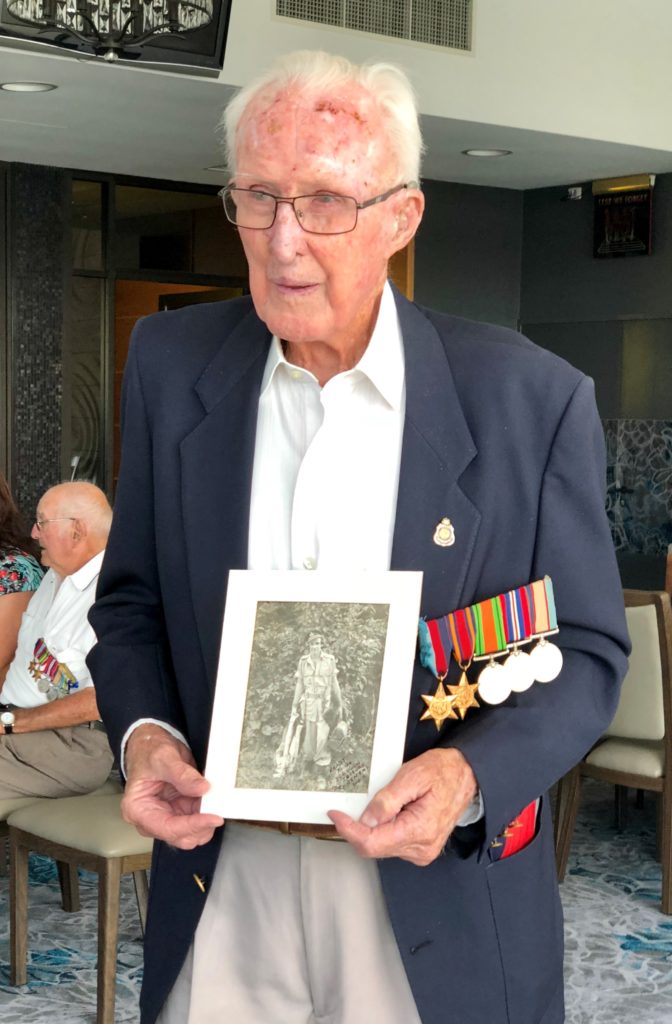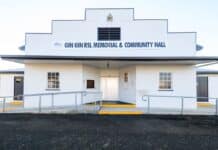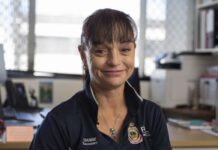RSL Queensland interviewed Bundaberg World War II veteran Merv McGrane earlier this year to hear part of his story about serving with Air Force Air Crew in Europe.
“I was one of the fortunate ones,” Merv says in the video.
“History records that out of all the air crew blokes that went overseas, 51 per cent of them never came back.”

According to the Australian War Memorial, at the outbreak of the Second World War the British government realised it did not have adequate resources to maintain the Royal Air Force (RAF) in the impending air war in Europe.
“While British factories could rapidly increase their aircraft production, there was no guaranteed supply of trained aircrew. Pre-war plans had identified a need for 50,000 aircrew annually, but Britain could only supply 22,000.
“To overcome this problem, the British government put forward a plan to its dominions to jointly establish a pool of trained aircrew who could then serve with the RAF. In Australia the proposal was accepted by the War Cabinet.
“Under the scheme 50,000 aircrew would be trained annually, each dominion would conduct its own elementary training; advanced training would be conducted in Canada because of its closeness to the British aircraft factories and the war zone.
“From November 1940, some training was also conducted in Rhodesia. Australia undertook to provide 28,000 aircrew over three years, which represented 36 per cent of the total number of proposed aircrew.”
The first basic flying course started on 29 April 1940, when training began simultaneously in all participating countries.
By the time it ended in 1944, more than 37,000 Australian airmen had been trained as part of the scheme.
Merv was discharged from the RAAF two days before his 21st birthday.
- RSL Queensland
- War experiences link veterans generations apart







